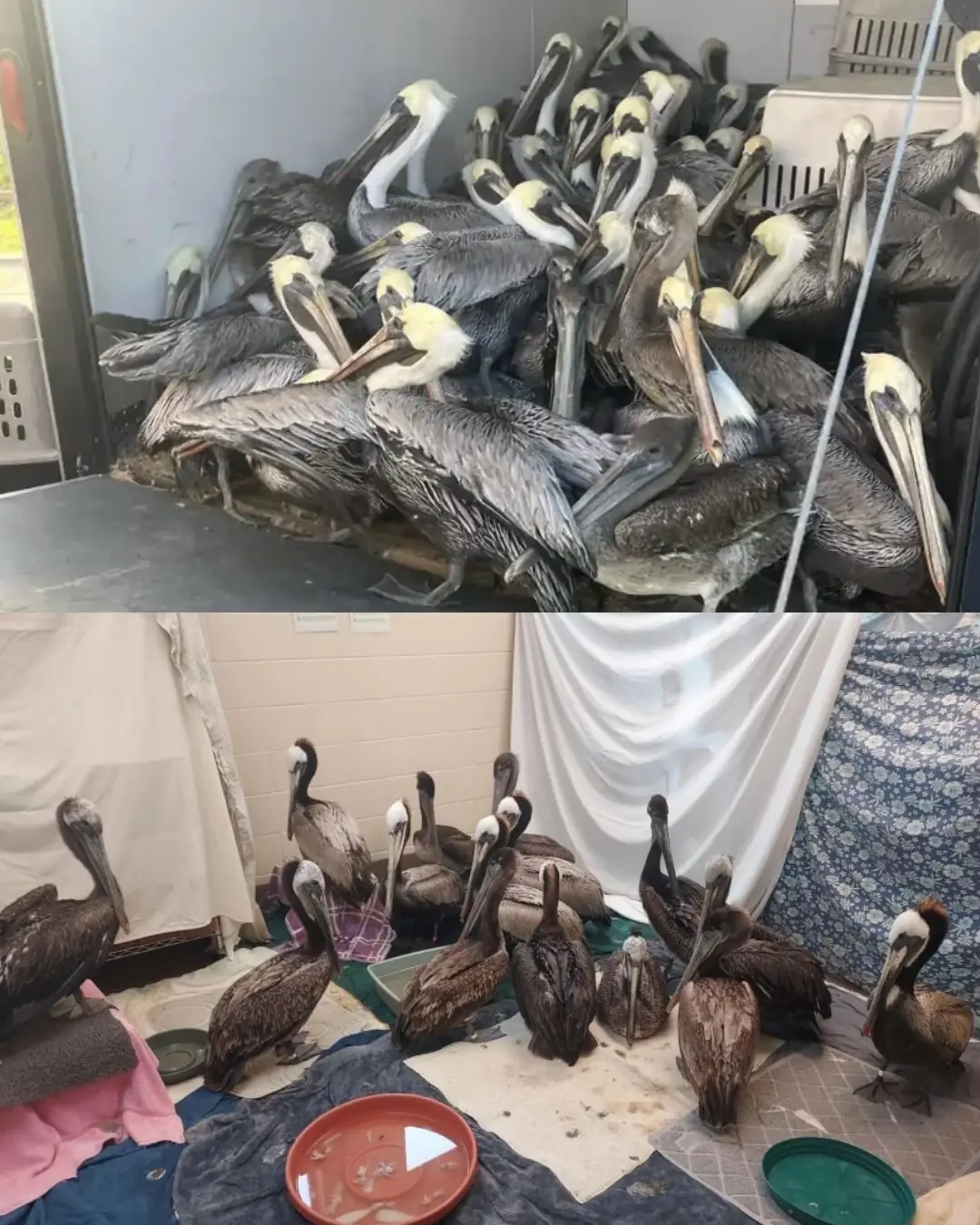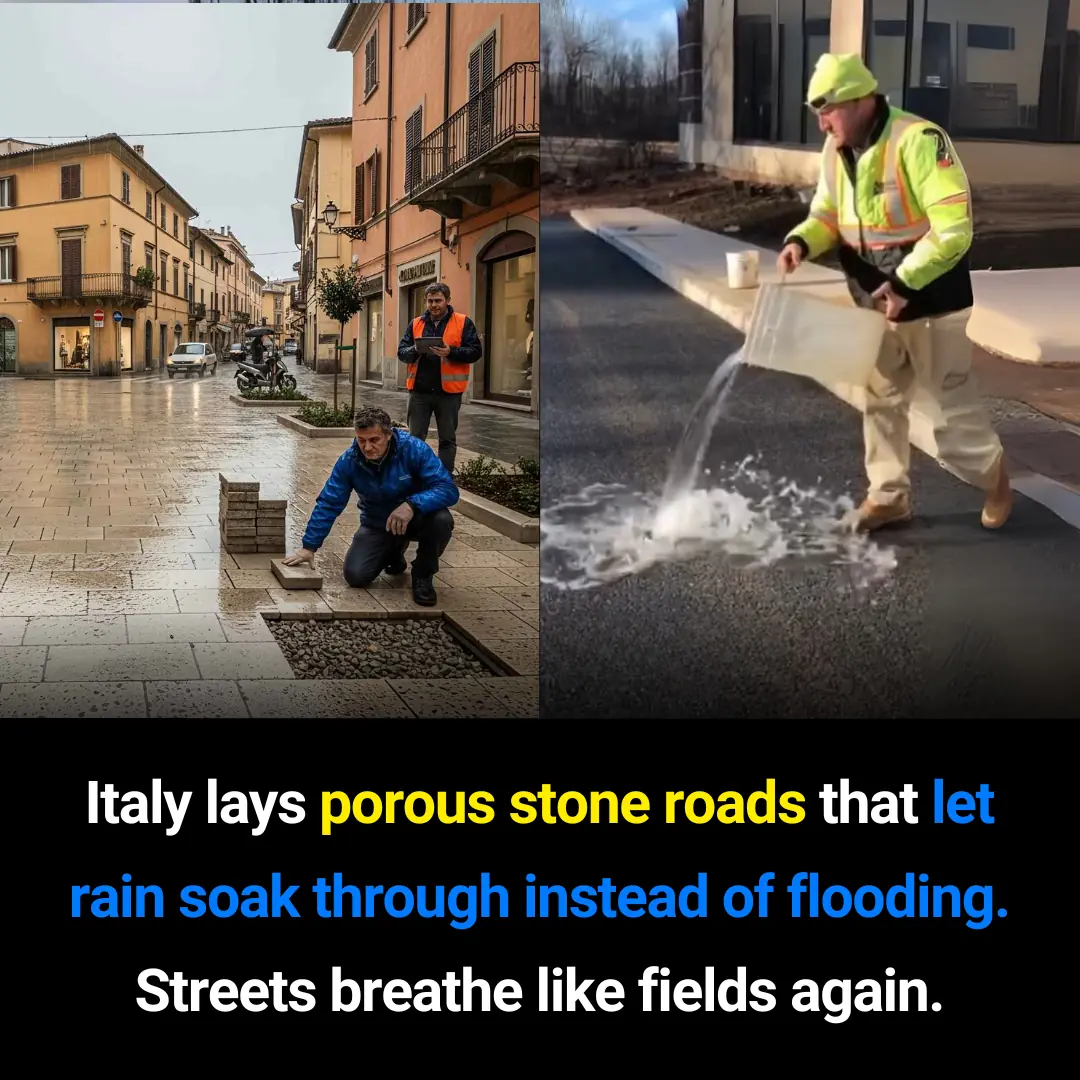
Norway’s Living Kelp Barriers: Nature-Built Protection for a Changing Coastline
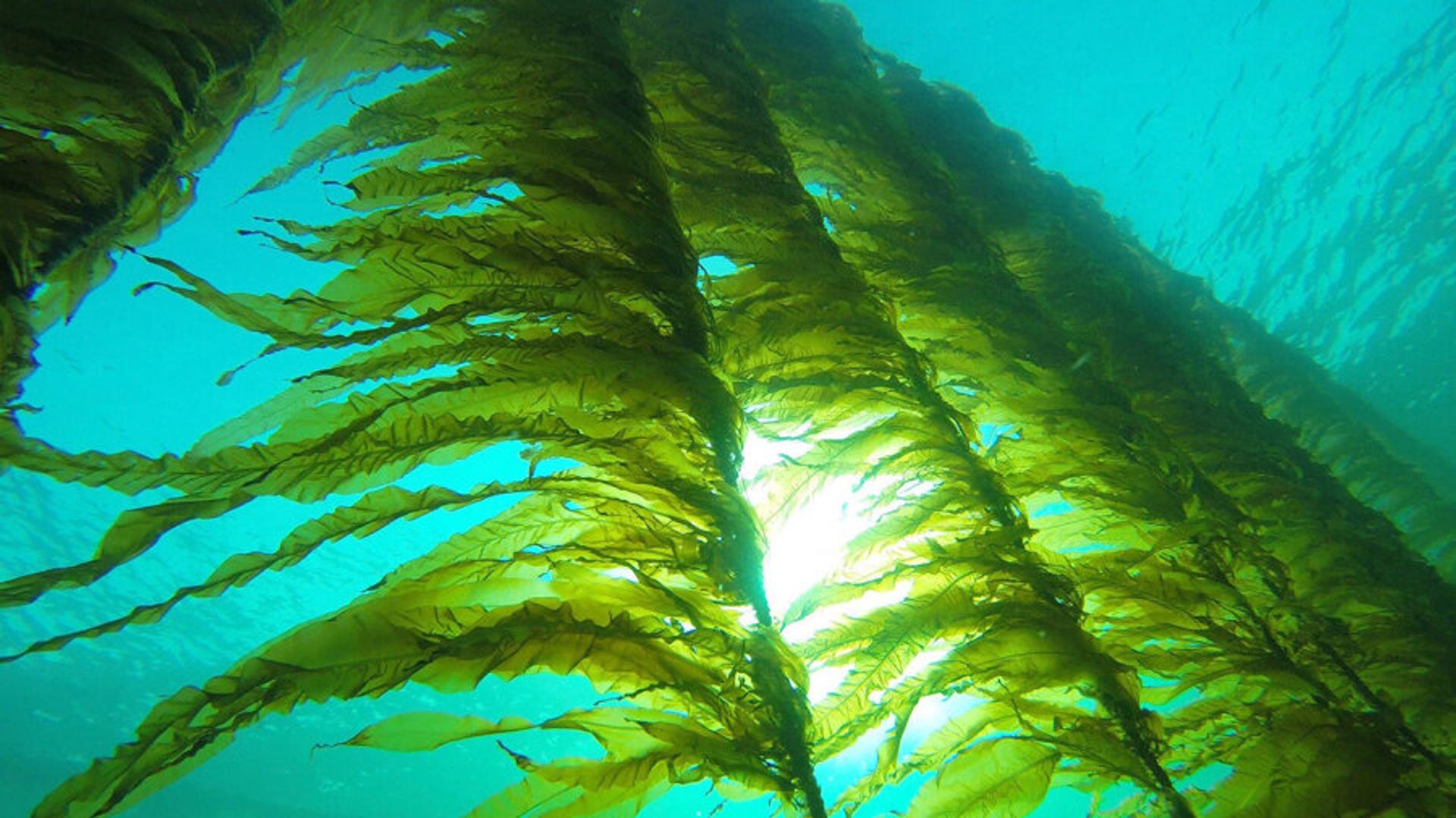
In Norway, a quiet coastal transformation is underway. Along the country’s rugged shorelines, fishing towns are anchoring long, living ribbons of kelp beneath harbor waters — forming flexible, nature-based barriers that help soften wave energy while simultaneously producing bio-rich material that can be turned into fertilizer. Suspended on lines that rise and fall with each tide, these kelp structures do what concrete seawalls cannot: they bend, breathe, and nurture the ecosystems around them.
This approach is inspired by growing scientific evidence showing that seaweed forests can reduce wave intensity, stabilize sediment, and protect coastal infrastructure. Studies from the Norwegian Institute of Marine Research and reports by UN Environment Programme (UNEP) highlight how kelp beds act much like underwater forests, buffering swells and absorbing energy naturally. Unlike rigid artificial barriers, these living structures shift with seasonal currents, maintaining resilience instead of cracking under pressure.
The system is elegantly simple yet ecologically smart. As the kelp grows, it helps trap sediment and enhance water clarity, creating sheltered micro-habitats for juvenile fish and shellfish — an effect documented in research published by FAO and marine scientists at SINTEF, Norway’s leading ocean-technology institute. Beneath the floating lines, biodiversity increases as small fish seek refuge among the fronds and invertebrates colonize the lower ropes. What starts as coastal protection becomes a functioning nursery, feeding the broader marine food web.
Every few months, farmers trim the outer kelp blades, harvesting them not as waste but as a resource. Rich in minerals, trace elements, and organic carbon, the dried kelp is used as a natural soil enhancer and compost on nearby farmland. According to SINTEF’s Seaweed Bioeconomy Research, Norwegian kelp can be processed into agricultural fertilizers, animal feed additives, and even biochar — strengthening the connection between ocean farming and land regeneration. It is a cycle of nourishment: sea to soil, wave to crop, harbor to harvest.
What began as a simple ecological buffer has evolved into a dual-purpose marine system — a protective shield for coastal communities and a regenerative agricultural asset. Fishing towns that once depended solely on stone breakwaters now observe these golden underwater curtains performing a similar role with a gentler touch. Above the surface, gulls rest on floating buoys; below, barnacles cling to ropes and juvenile cod weave through the kelp. The entire structure hums with life, demonstrating how infrastructure rooted in biology can function at every level of an ecosystem.
Norway’s kelp barriers offer a vision of future coastal design — one shaped not by concrete but by ecology. These systems cultivate resilience rather than merely resisting pressure. In the ongoing exchange between coastline and current, they show how the ocean can become its own guardian, transforming natural growth into natural defense. It is a reminder that the solutions of tomorrow may not be built, but grown.
News in the same category


How Israel Is Turning Water Pipes Into Clean Power Plants

Powerful Health Benefits of Pineapple You Should Know

🐍 What to Do If You’re Bitten by a Snake — When Help Is Far Away

Motherhood Rewires the Brain: Why Postpartum Recovery Takes Years, Not Weeks

Eating More Than One Egg a Week May Slash Alzheimer’s Risk by 47%

CRISPR Breakthrough Offers Hope for a Potential HIV Cure

Four Teens Risk Their Lives to Rescue Elderly Neighbor from Burning Home in Sapulpa

Sugar May Be a Bigger Threat to Heart Health Than Cholesterol, New Study Finds

Time Is an Illusion: Quantum Physics Suggests Every Moment Exists at Once

Beware of the Plastic Bottle Scam

Had no clue about this

For those who sleep with wet hair, you should know that…
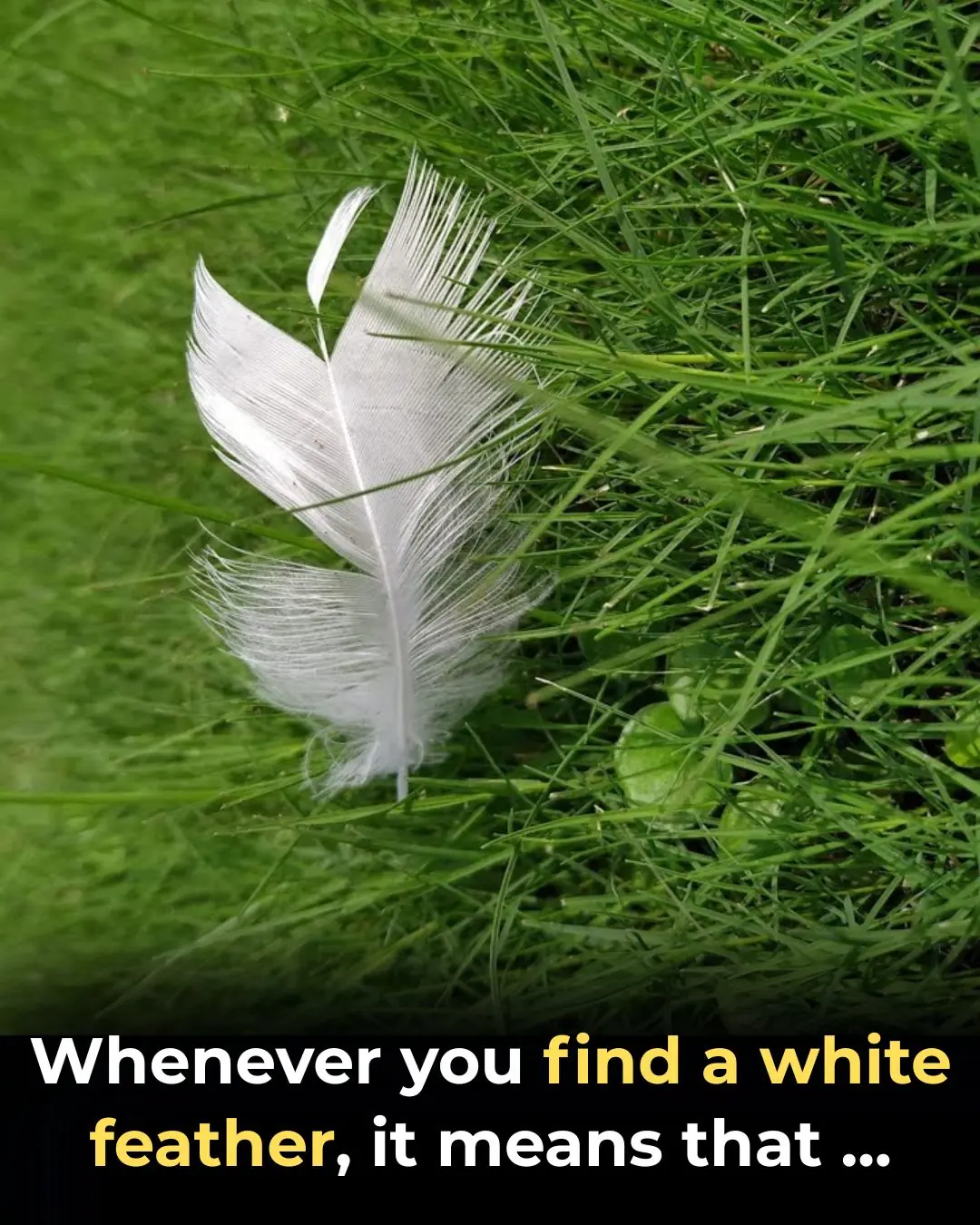
Hidden Message Behind Finding a White Feather

Why We Can’t Sleep Without a Blanket Even on Hot Nights

Why Female Anacondas Sometimes Eat Their Mates: The Extreme Strategy Behind Survival

Revolutionary mRNA Therapy Shows Promise in Preventing Pancreatic Cancer Recurrence
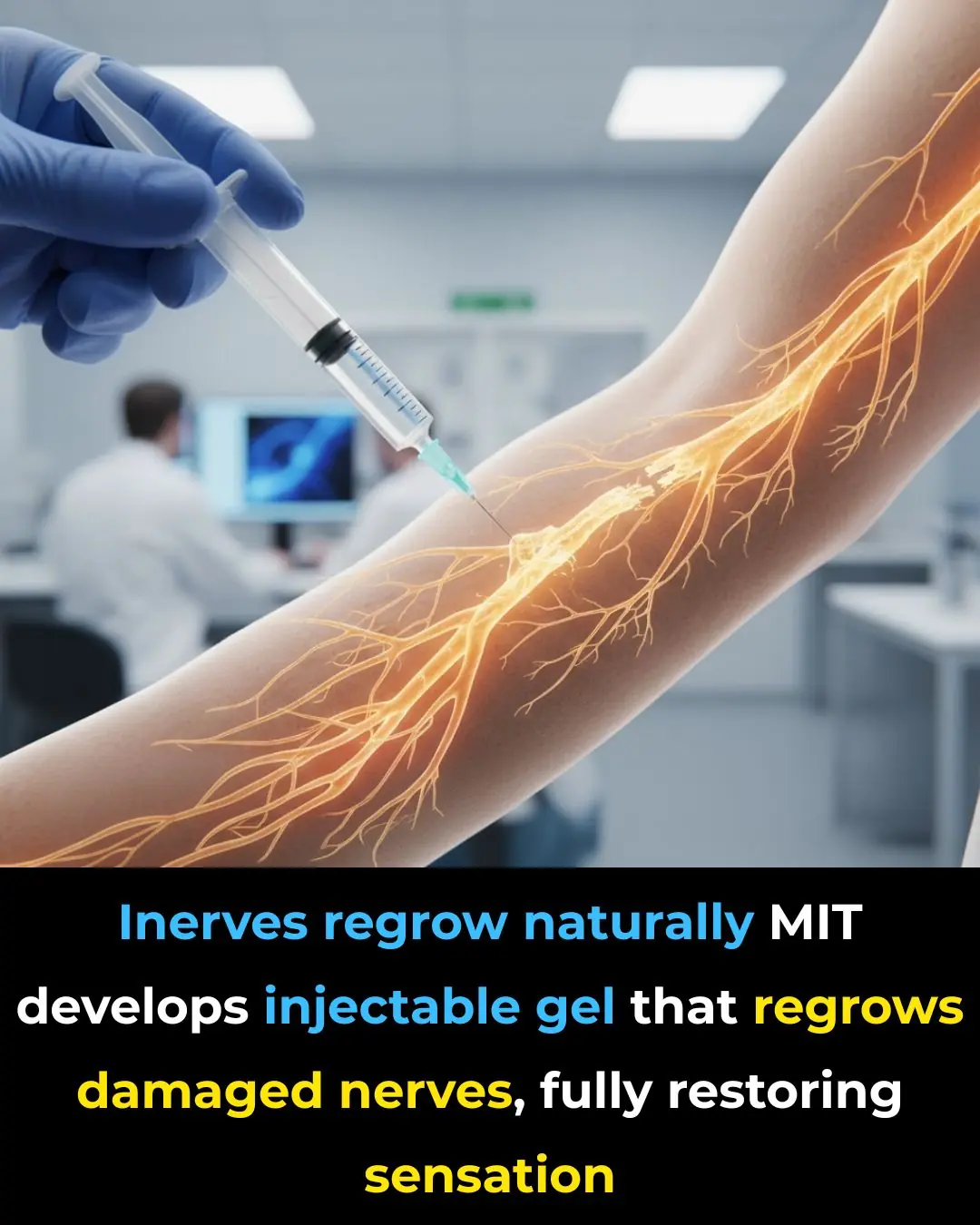
MIT Scientists Develop Injectable Gel That Can Fully Repair Nerves and Restore Sensation

A New Era of Computing: China’s Quantum Machine Surpasses the World’s Fastest Supercomputers
News Post

Coronation Street viewers devastated as beloved couple face split in new spoilers

Spandau Ballet star Tony Hadley admits he’s watching ex-bandmate Martin Kemp on I’m A Celebrity amid long-running rift

I’m A Celebrity stars ‘get sick’ after attempting the Bushtucker eating trials, reveal Ant and Dec

Princess Kate ‘urges Prince Harry to come back home’ in hope for Prince William reunion
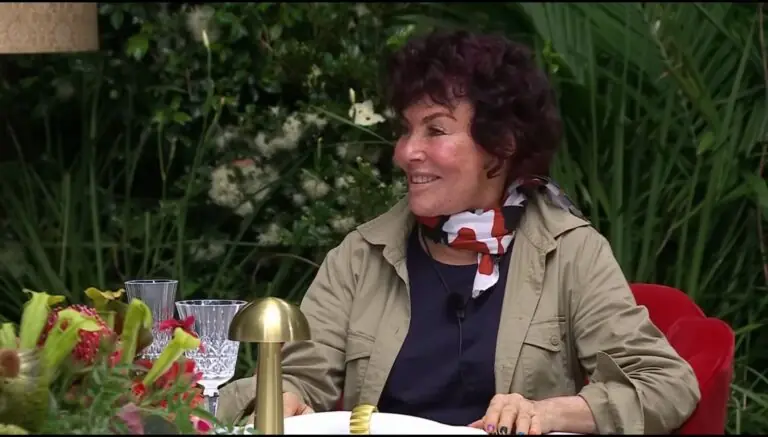
I’m A Celebrity star declares ‘I want to keep an eye on her’ as Ruby Wax shows her true colours

I’m A Celebrity viewers ‘in tears’ as Jack Osbourne gets emotional over dad Ozzy’s death

You’re Storing Your Spices Wrong — Here’s How to Do It Properly

Most People Have No Clue — The Real Reason Your Jeans Have That Tiny Pocket
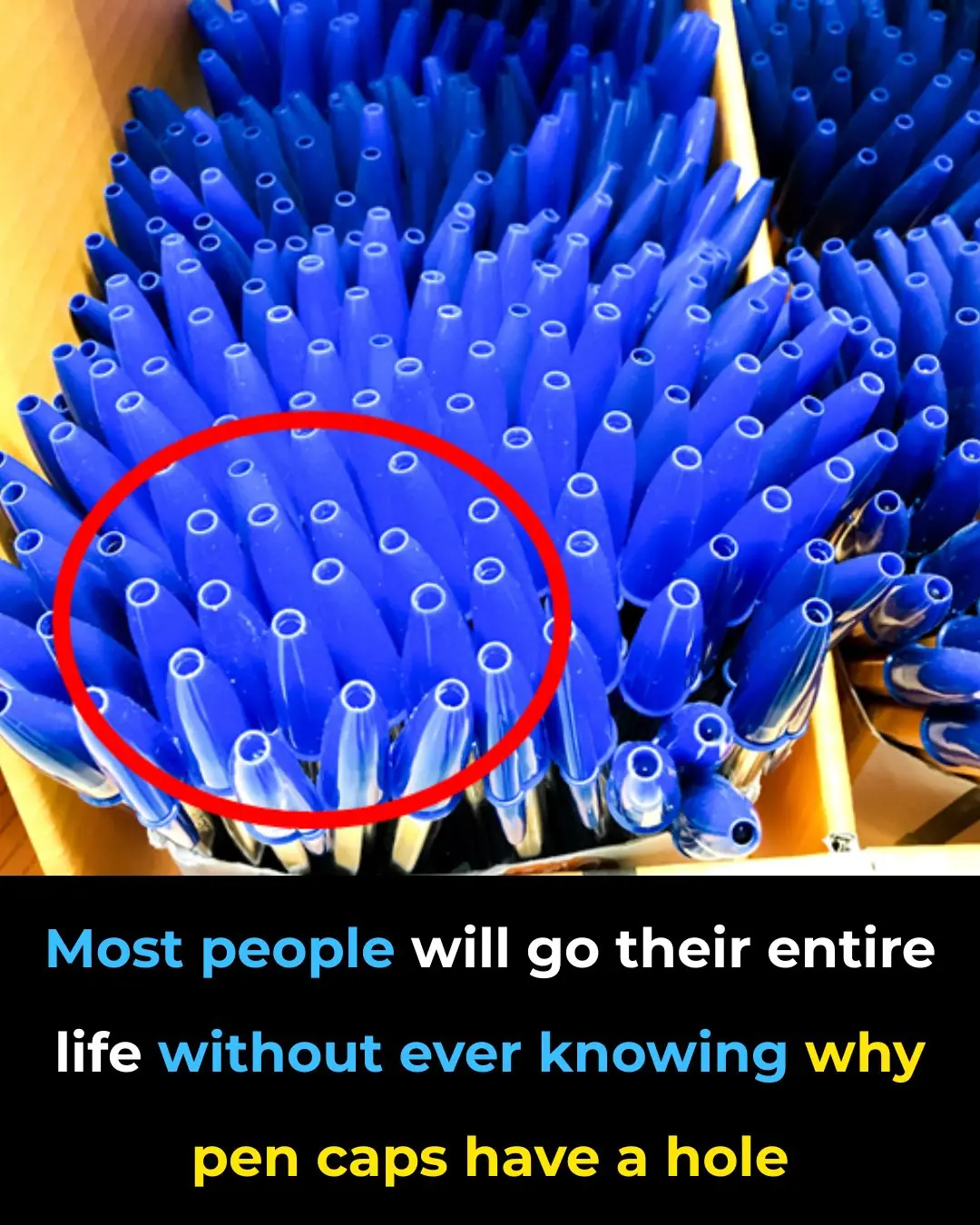
Most People Will Never Know — The Real Reason Pen Caps Have Holes

I Had No Clue About This — The Right Way to Store Cooked Rice Safely

You're Doing It All Wrong. Here’s the Right Way to Clean Salt Stains Off Floors

Just Tried This — and Wow, It Works

You're Doing It All Wrong: Here’s the Right Way to Run Your Dishwasher in Winter

You're Doing It All Wrong — Here’s the Right Way to Maintain Your Furnace Filter
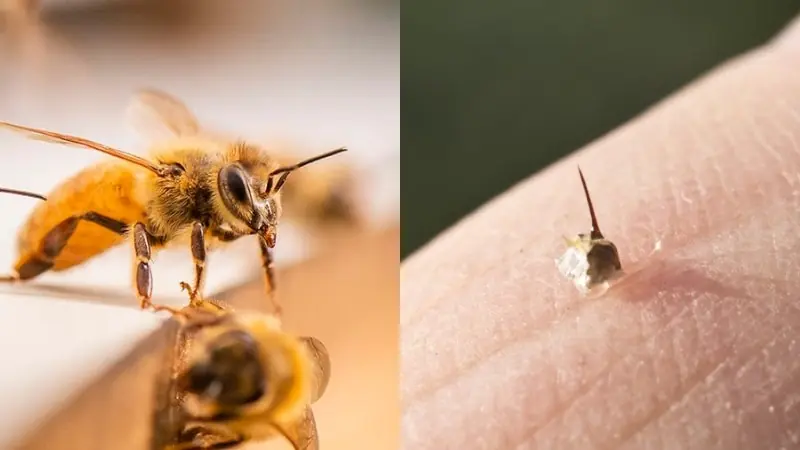
A Simple 1-Minute Trick to Soothe Bee Stings – My Dad’s Easy Home Remedy (Scientifically Explained)

Rose Essential Oil: New Research Shows 30 Days of Aromatherapy May Boost Gray Matter Volume

EMBER — THE KITTEN WHO CAME OUT OF THE FIRE.

Italy’s Porous Streets: A Quiet Innovation That Lets Cities Breathe Again
